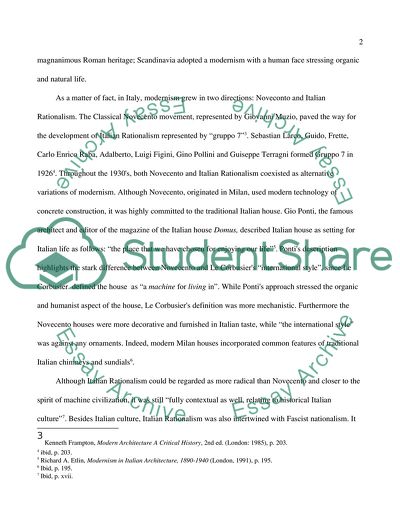Cite this document
(Modernism in Italy and Scandinavia Dissertation - 3, n.d.)
Modernism in Italy and Scandinavia Dissertation - 3. Retrieved from https://studentshare.org/visual-arts-film-studies/1749246-variations-on-the-modern
Modernism in Italy and Scandinavia Dissertation - 3. Retrieved from https://studentshare.org/visual-arts-film-studies/1749246-variations-on-the-modern
(Modernism in Italy and Scandinavia Dissertation - 3)
Modernism in Italy and Scandinavia Dissertation - 3. https://studentshare.org/visual-arts-film-studies/1749246-variations-on-the-modern.
Modernism in Italy and Scandinavia Dissertation - 3. https://studentshare.org/visual-arts-film-studies/1749246-variations-on-the-modern.
“Modernism in Italy and Scandinavia Dissertation - 3”, n.d. https://studentshare.org/visual-arts-film-studies/1749246-variations-on-the-modern.


